For someone who hasn’t owned a car for over 10 years, I sure as hell love a great road trip. It’s part of my DNA as an American. Summers for us were spent piling into any dusty car my dad owned, cranking on the air-conditioning as we made our way to Florida or Arizona, stopping at bizarre roadside attractions such as “the world’s biggest twine ball.” In the absence of anything actually cool to see the middle of nowhere Texas was quite creative at creating a cult following for the bizarre and oversized. Craving kolaches? Never mind that this is a dish that truly hails from Eastern Europe, for the better part of my life I believed they came from crowded oversized shops on the road to Dallas.
Jalapeno cheese and a diet big red please, this was my youth and it certainly wasn’t diet friendly.
Nowadays Nico and I continue the tradition, albeit with a more European attitude. What has remained the same is the ubiquitous stops at local autogrills, which carry the same roadside stop appeal that they did in Texas. As Nico fills up the tank and downs a quick espresso, I peruse the food and gifts, large packets of pasta, cans of olive oil at half price and most recently a penis-shaped bottle of cherry crème liquor.
Yep, the bizarre makes it happy home here too.
Regarding destinations, take your pick in Tuscany. I am truly up for anywhere in Europe in our little Fiat 500, which ironically has a bigger interior than it seems. Staying local, we embark on many Tuscan road trips as it is so nice to escape to the countryside when the city is crawling with people. From the tiny towns surrounding Siena to the pretty coastline of Maremma, there is much to get lost in here, and I hope to never stop discovering.
The secrets to a perfect Tuscany road trip are easier than you might think.
You might see many articles online claiming that you should never rent a car in Florence or attempt to drive in Tuscany. I’d ignore it all and go for it, because honestly, many of my favorite places are unreachable by train. The trick to being comfortable is getting up close and personal with the local rules and feeling comfortable driving manually (or you can reserve an automatic car in advance).
Enjoy these 7 top tips on driving in Tuscany
To Drive Or Not To Drive, That Is The Question + Practical Advice
Italians have a sketchy reputation when it comes to driving. This probably comes at no surprise as sometimes rules are considered ‘suggestions’ by the average person. However, I do believe that most know how to drive well and navigate around difficult mountain curves, and parallel park backwards on a hill, it just doesn’t mean that they follow the rules.
Just be aware of that when you’re behind the wheel and you’ll be less shocked. A car flashes at you? This could mean a few different things. Either the car behind you wants to pass, or he is warning you that there is a police check up ahead. Someone honks? It could mean the obvious or just Italy won the latest European football championship. It’s anyones guess. You can’t turn right on red here and stick to the right side of the road, especially if you are a more careful driver.
When it comes to getting gas, you’ll want to look for a benzinai or petrol station — go for the ‘self service’ to avoid paying a service fee. Usually there will be a little machine for you to insert your bank notes and pump number, or even your card, which sometimes doesn’t work. Occasionally you’ll have to pay inside. Prices typically range around 1.45 Euro per liter (not gallon). Go for a smaller car if possible to save money, trust me on this, you’ll thank me later.
Always carry your passport, drivers-license (and International driver’s license if you need one), insurance papers and a reflective safety vest, which is mandatory. If you want a refresher on Italian road signs, check out this helpful guide on ReidsItaly.
I also highly recommend bringing an actual map and not just relying on google maps or gps or what happened to us in Val d’Orcia when we found ourselves in pitch black darkness in the middle on nowhere with a few wild boars. Not so fun. Sometimes I am truly convinced that google maps is out to get us. Just.get.a.map.
While I strongly believe that having access to a car means you can see so much more of the region, you don’t need a car to go everywhere. For example, if you plan on being in Italy for just a week, with visits to Florence, Siena or Lucca, these are all reachable by train. I can totally admire that driving in the historical center of Florence is a true nightmare. Here’s a list of car-free trips right here.

Another alternative is renting a car just for the day to visit an out-of-town restaurant or little town and hoofing it the rest of the way. When it comes to wine tours, well drinking and driving isn’t recommended, anywhere, so give yourself liberty to down all the wine you want and arrange a tour with
Parking Can Be An Asshole, So Don’t Take Risks
I couldn’t think of a classier way to say how much parking can suck in Italian cities. I say this from great personal experience from living in the historical center of Florence and my husband having permission to park our car in the Oltrarno area. This is basically a joke as there are almost never any spots, so we park semi-illegally on the daily. For tourists however, there are parking garages in most every large Tuscan town, you’ll se the blue sign with P stated at their locations and prices really vary.
For example, if you park in one of the private lots on via de’barbadori near the Ponte Vecchio you can pay a laughable 30€ a day plus or go for the garages near Porto Romana, Piazza della Liberta (Parterre), Piazza Ghiberti, Porta Al Prato (recommended, 20€ daily rate and around 1 € an hour), Piazza Beccaria or under the Firenze Santa Maria Novella Station where parking overnight can cost around 20€ a day, depending on the lot. Make sure to inquire if they have daily rates!
Regarding free parking well, I’d like to know the answer to that question myself. Previously it was at piazzale michelangelo but that has been drastically reduced recently.

Street parking? Avoid parking in the yellow (handicapped) or white spots (residents) but you can park anywhere that is painted blue. Just make sure and pre-pay for a ticket to display on your dashboard or you could get a fine, the hours are typically between 8am-8pm, with after being free. Sundays are typically free. In city’s like Florence or Siena, they love to give fines, in fact I would dare say that is the most efficient service of the city and they are definitely not lazy when it comes to this. It is said that the city of Florence gets up to 50 million euros a year in fines and I wouldn’t be surprised if it was a hell of a lot more. Everyone I know has been fined or has come crazy story. In fact, the worst can be on the Tuscan coast.
In Florence, most people park in the blue spaces near Lungarno della Zecca Vecchio. Be aware to look for signs displaying when the street-cleaning takes place, which is always overnight and it means you can’t park your car there anymore. If there are a lack of cars in what seems like plenty of free spots, this is probably the reason why. If you are looking to park in Siena, check out these rules first.
For Whom The Bell (Wallet) Tolls
Sorry for the cheesy Ernest Hemingway pun but tolls are always worth bringing up when referring to driving in Italy. These can be found on the local autostrade which thankfully aren’t too many in Tuscany. The famous A1 goes from Bologna to Northern Tuscany and loops around Florence to head down towards Rome.
You’ll also find the Autostrada Firenze Mare A11 that heads towards Lucca and Pisa, while the A12 goes from Genoa to Livorno. Most commonly for us, we try to take the Fi-Pi-Li which as you might have guessed, connects Firenze to Pisa & Livorno and happens to be free, which is a plus.
You’ll have to drive up and take a ticket when you enter the autostrade and then pay when you leave (don’t lost that ticket). Try to have cash on hand because sometimes my cards haven’t worked. If you want to know how much to have on hand, enter your route on ViaMichelin, which is a helpful travel planner we often use to calculate toll costs.
You can find additional tips and smaller toll-free roads via this helpful article on Discover Tuscany.
Road-Trip Itinerary Suggestions – My Top Picks
There are so many routes you could take which pretty much deserves a post of its own, however here is a short abbreviation of a few of my personal favorites.
- Val D’Orcia. Without a doubt, the stunning countryside complete with cypress trees that encompasses the UNESCO-recognized area of Val d-Orcia is my personal favorite. As it happens, it’s hard to visit this area without a car and I wouldn’t recommend coming for just one day. It’s the kind of place you’d want to savor, and I especially love it in fall, as close to off season as you can get. Notable towns to visit during this trip would be Pienza, Montalcino and Montelpulciano, however one place I kept returning back to time and time again was the charming hamlet of Monticchiello, which has a few notable restaurants and during the summer months, a summer theater with the townspeople as actors.
- Monte Amiata & Vallombrosa. Sticking a bit closer to Florence is a place that always will have a special place in my heart, the lovely Monte Amiata and tiny town of Acone. Barely bigger than a postage stamp, you’ll find Acone a 40 minute drive outside of Florence, up a windy mountain road just above Rufina. We typically drive up there around 11-11am on a Sunday and hike to the top of Monte Amiata and come back for lunch at the only trattoria in town, you must sample the “penne all aconese.”

The recipe for the famous “penne alle aconese” is closely guarded by the restaurant. I may try to get them drunk one day to get the details. Vallombrosa, another awesome place to visit around an hour from Florence in reggello, is an ancient Benedictine monastery nestled in the Apennine forest, a very calm and wonderful place to visit, especially for a ‘cool’ refuge in the height of summer. How to get there? For both places you can start on Arno-side SS67 outside of Florence (refer to google maps for exact directions).
- Arezzo – Anghiari – Terranuova Berardegna. Head an hour south on the A1 to the underrated city of Arezzo is always a favorite for Nico and I, especially the first Sunday of the month when the famous antiques fair takes place. It also happens to be close to one of my favorite restaurants of all time, only reachable by car, Il Canto del Maggio. Next, hop on the SS73, in about 30 minutes from Arezzo, you’ll be at the charming medieval hamlet of Anghiari, famous for the 15th century battle of Florentine troops against the Milanese. On the opposite direction of SS73, closer to Siena, you’ll find another wonderful restaurant where the locals go, La Taverna della Berardenga.


- Gem of the Tuscan Coast, Monte Argentario & Capalbio. There is plenty to the Tuscan coast and one favorite road-trip we did twice last year was to head south to Maremma, specifically the promontory of Monte Argentario and more inland to the lovely town of Capalbio. From Florence, it’s about two hours and a half using the Raccordo Autostradale Firenze – Siena in Impruneta, so I’d plan to stay overnight. You can reach Monte Argentario by train, however it is recommended to get there by car as it is an area not well-served by public transportation. There is plenty to see once you get there, from sipping a aperitif at the port town of Porto Ercole. climbing the Spanish Fortress at Porto Santo Stefano, or heading inland to Capalbio and the nearby Tarot garden. This is one fabulous area along the Tuscan coast, you can read more of my specific tips on this area here.

Avoid driving on popular days when you could be stuck on the highway for hours.
The thing about Italy, is that there are far too many cars. For every Italian family, you can expect each member to own a car, perhaps even a scooter which all compete for valuable driving and parking space with tourists during the high season. This is why I advocate traveling in the off season, for your own peace and sanity in addition to the lower prices and free roads. The trick is to be as smart as possible, because you have to plan for the unexpected.
An accident, road-work, there have been countless times we’ve been stuck on a 2 kilometer stretch for an hour because of some unexpected blockage (like the Arno’s sidewalk collapsing). The obvious days to avoid traveling are August 1st, this year on a Sunday, which means that likely July 29th will be a nightmare to go anywhere as people head off for their August holidays at the seaside. If you can go in the middle of the week, you’re better off. The same goes for the end of August when everyone returns.
Also look up popular holidays in whatever area you are traveling and avoid going during peak times. It seems like common sense but seriously I’ve sat in a car for over 9 hours on a 3 hour trip and it ain’t pretty.
Headed to a pretty Tuscan hilltop town? Be very aware of the ZTL rules
If you’ve taken the time to rent a car, you probably have already heard about the ZTL (limited traffic zone) area that exist in most towns. This is a protected area where only people with special resident permits can park, depending on the time of day. If you drive in the center of these areas anyway, you risk a huge fine as they get your number plate by camera, and believe I know that personally (ouch!).
The key here is to just avoid that scenario, here’s a list of the telecamera locations btw.
https://www.instagram.com/p/BEfmOQ-RTJa/?taken-by=girlinflorence
In Florence, the ZTL applies from 7:30am-8pm Monday through Friday, while on Saturdays from 7:30am-4pm, Sundays it’s a free for all. HOWEVER it also applies on popular weekend nights, which is Thursday, Friday and Saturday from 11pm to 3am.
If you are staying in a hotel in the ZTL area, which is often the case, please notify them beforehand that you have a car. This way they will let you know where is best to park and if you can come by and drop off your luggage first.
Ps. Two adorable bed and breakfasts places that offer hassle-free parking just outside the historical center of Florence are Villa Landucci and Valdirose.
https://www.instagram.com/p/BERUE84TTSB/?taken-by=valdirose
Know Your Limits (Literally)
While it could seem that Italians hate following the rules, when it comes to the rule of the road, not abiding by speed limits could land you with the worst word in the Italian language “a multa” (seriously even saying it annoys me). The preferred way for Italian authorities to fine you is via speed trap called autovelox in Italian, and yes, they will get you even if you leave the country.
They are set up on the autostrada or city roads where people typically break the rules, there are signs notifying of their existence. If you don’t see a sign with how many kilometers per hour you can go (look for a circle sign with a red border), assume it’s never more than 130 kmph Locals typically slow down where they see the cameras, only to speed up as soon as they are out of sight but the average visitor should be aware that they are super common, and if you’re not careful, you’ll get hit with a nice bill to pay in the mail a few months later.
The article has been sponsored by AVIS but has been completely written by myself, and all thoughts are 100% my own.
I want to hear from you! What advice would you give regarding driving in Tuscany or anywhere in Italy? Share your stories!















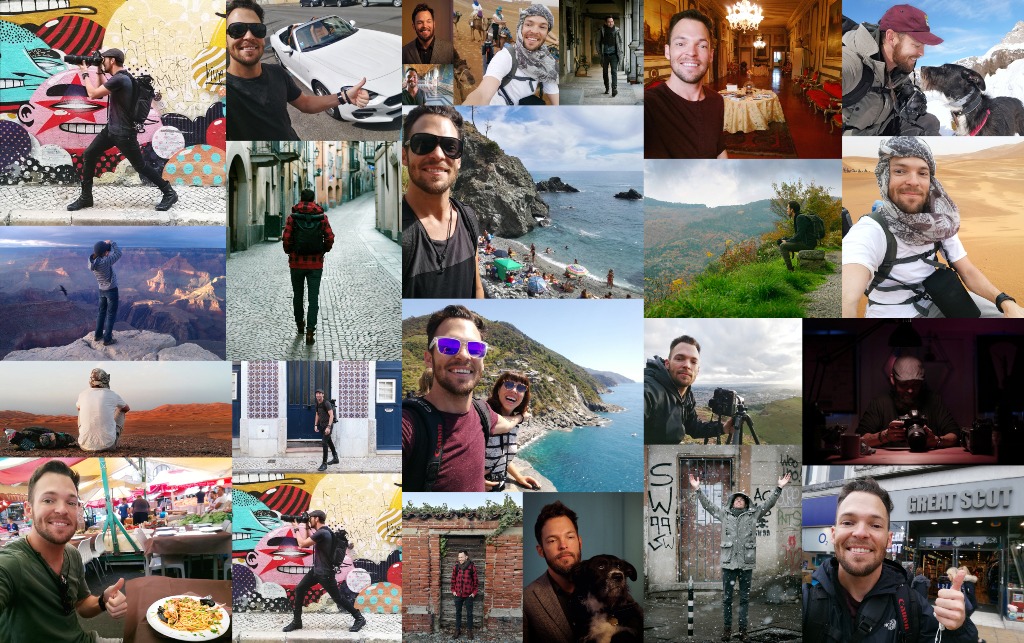







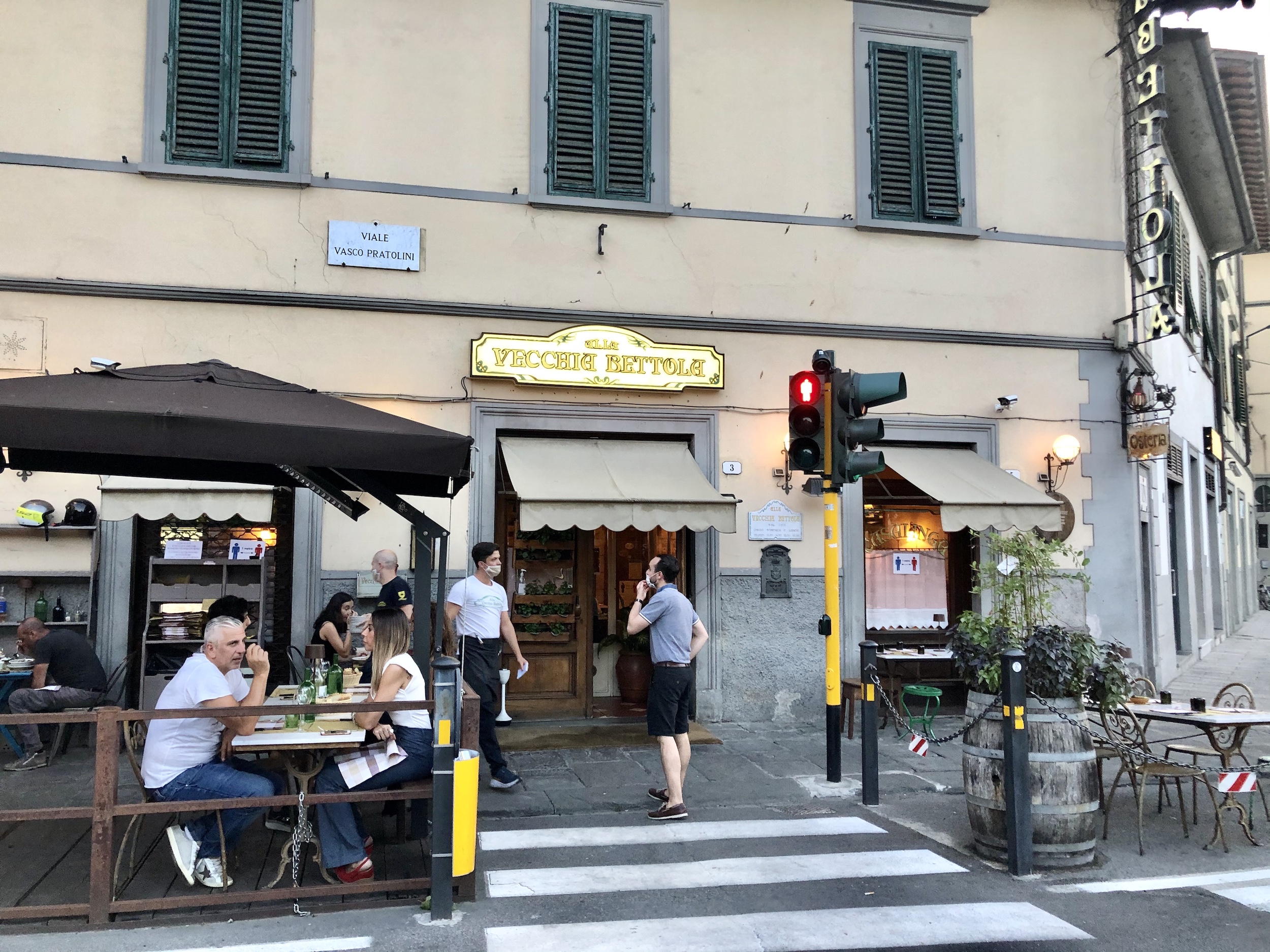




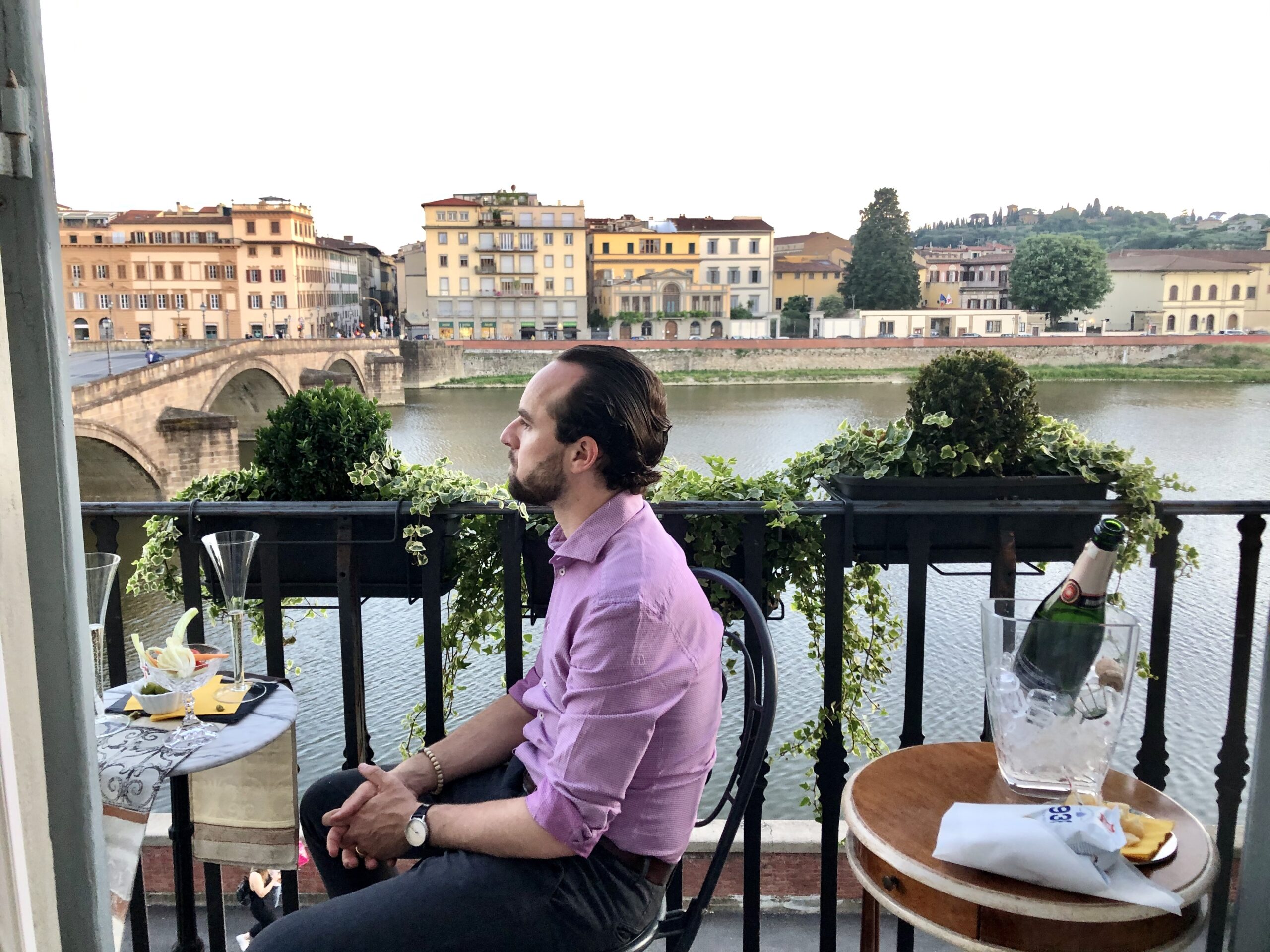
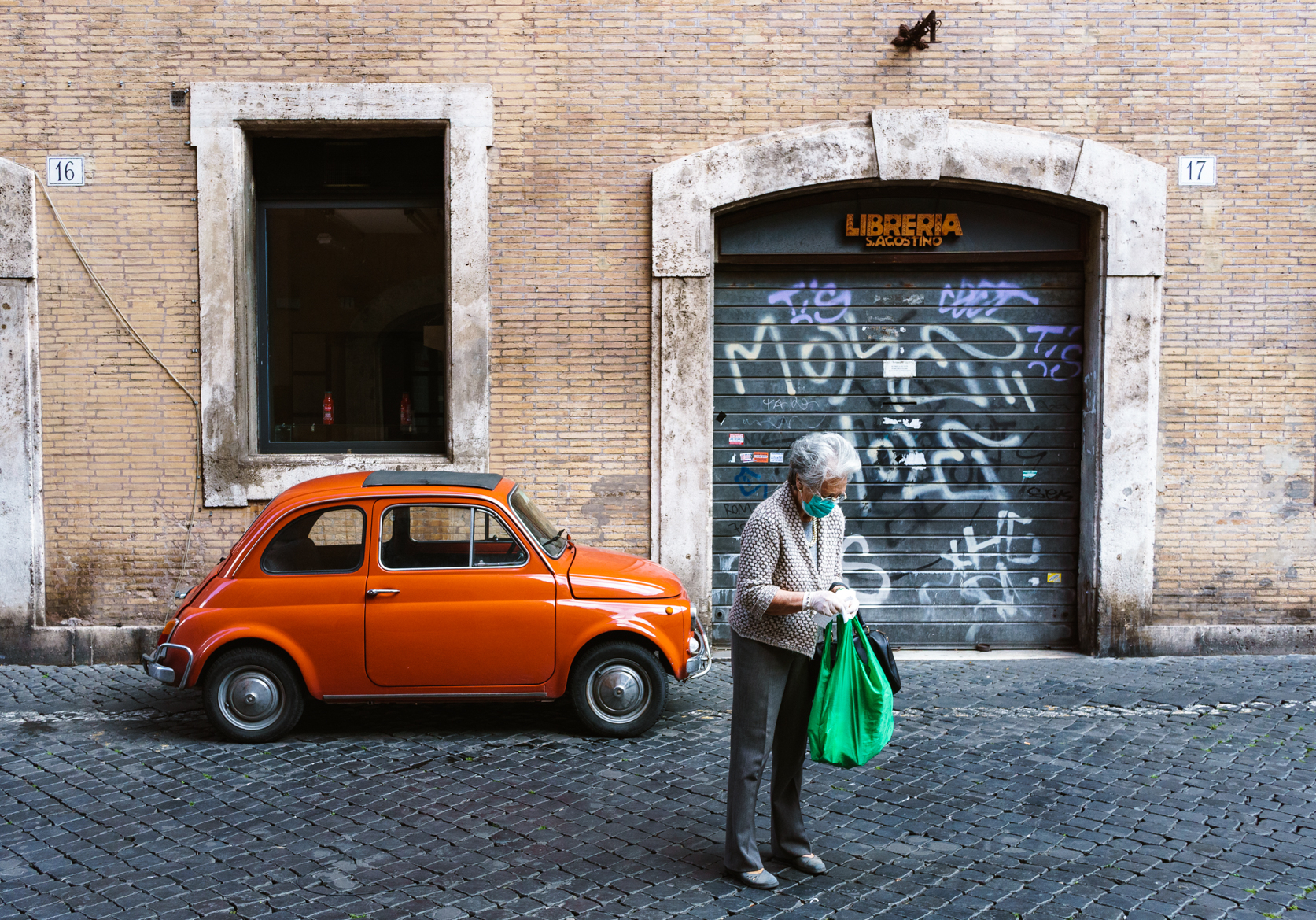





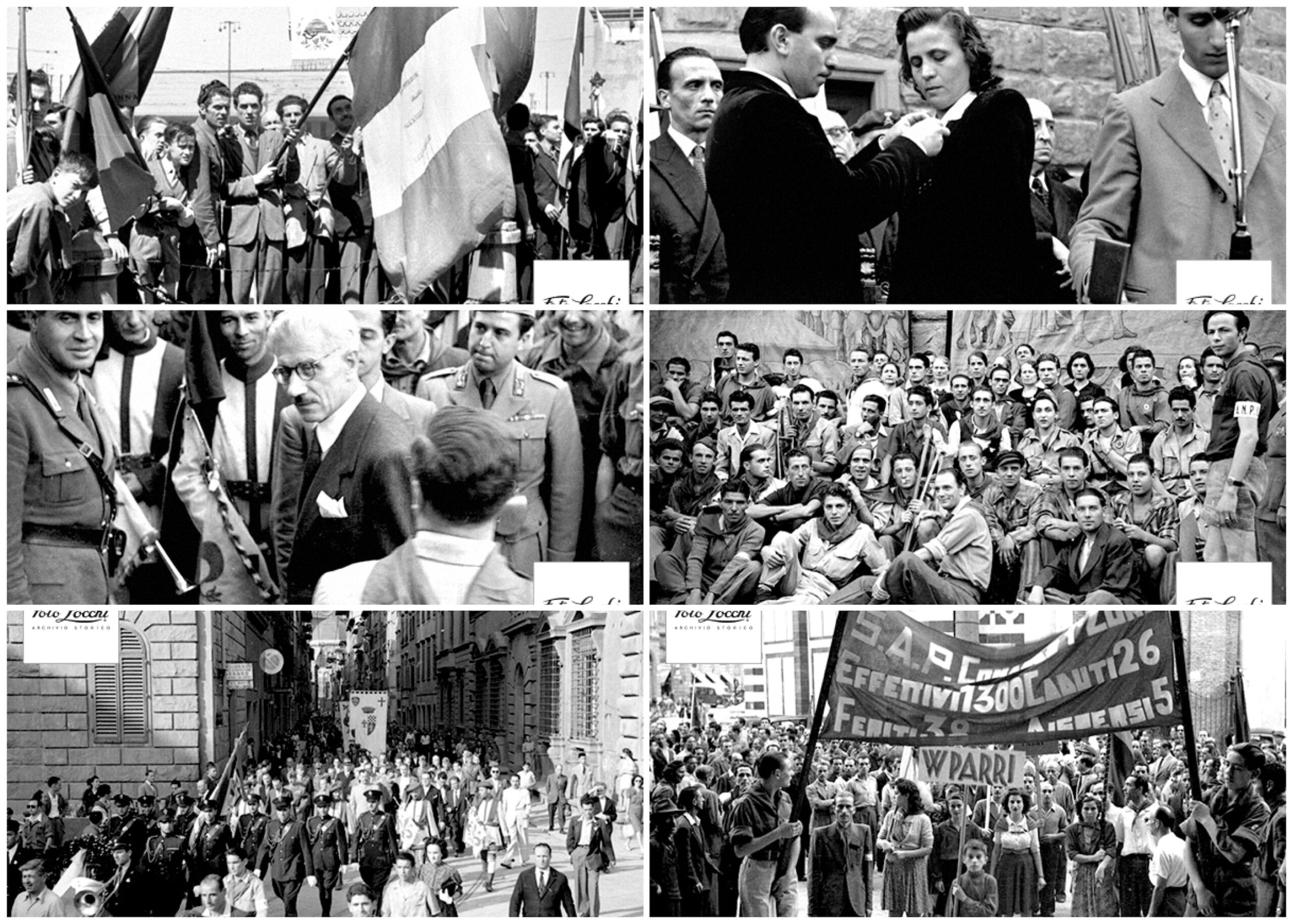









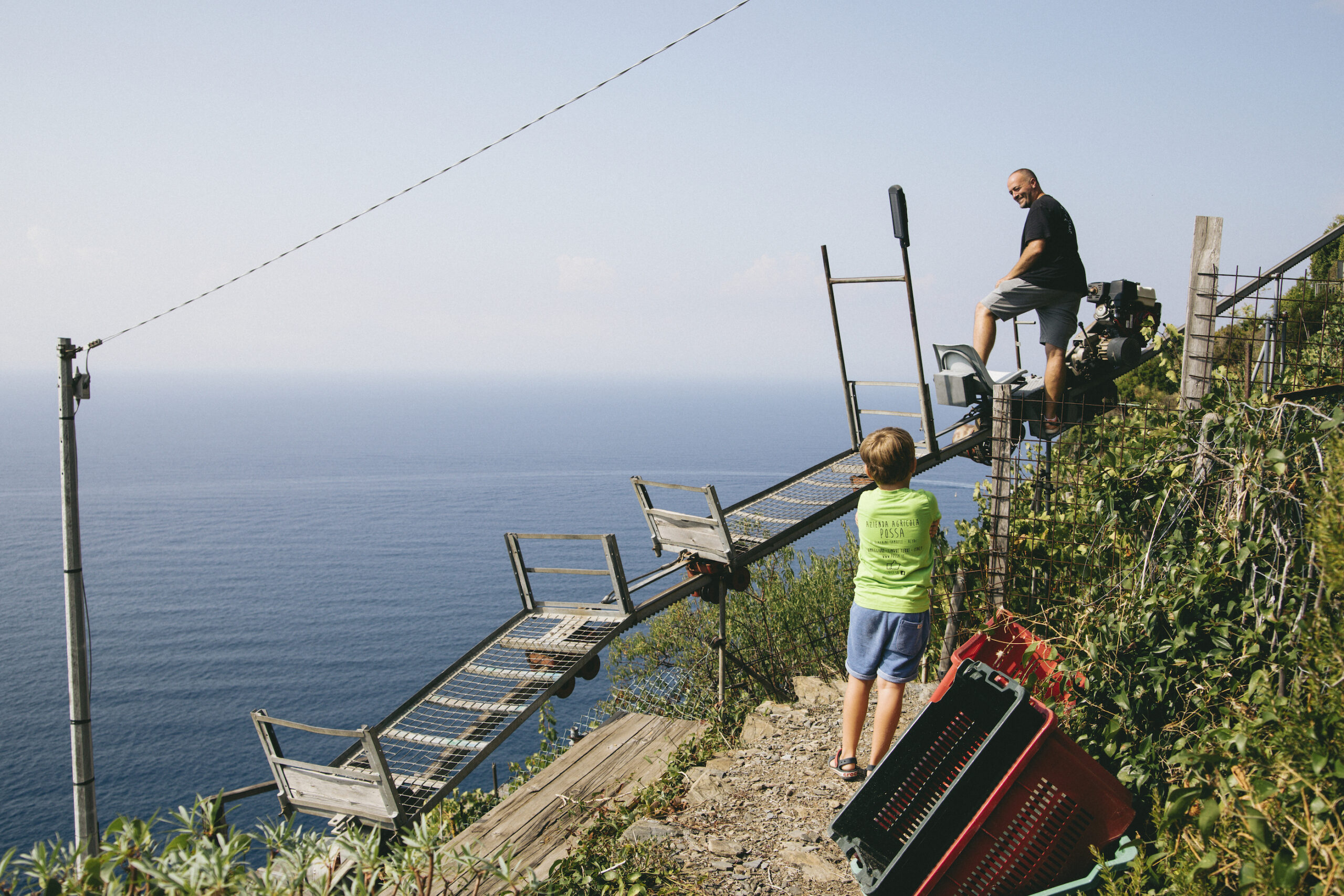



























19 Responses
Hey Georgette, I’m always happy to see one of your posts in my “inbox” ! Today’s on driving in Italy brought back some of my own memories and mishaps. And, yes, I paid the $160 fine six months after inadvertently driving into a Florence Z T L along with a $50 fee from the car rental agency to let me know I wa on the city’s “hit list”! I come to Florence often to lead American tourists around Tuscany and usually try to work in few days to travel alone by car or train to discover new places as you and Nico do. I am also entranced with Italy and love reading many blogs like yours to learn more and to note new places near Florence to visit. I agree with your #1 placement of Val d’Orcia! I took a 3-day road trip there this past March and found it to be breathtaking! I too, highly recommend it. Just on a personal note; I think your posts would be a little nicer if you left out the swear words. You may not be intentionally including them if that’s your normal speech pattern, but I think your writing stands on it’s on merit without them. I’ll continue reading anyway . . . just sayin’ . . .Patrizia
Hello Pat! Thank you for your support and comment, I will be aware of how I write, thanks for the heads up, I’m not immune to a swear word or three ;-).
Regarding ZTL that is what I am talking about. Car rental companies and hotels need to better educate people on the rules of the ZTL, but when they don’t, that’s why I wrote this post. Especially right now that is is high season. Luckily is there is a map here which clearly states the hours/borders. Val d-Orcia is so so special, I love it all, Piena, Montalcino, Bagno Vignoni, it is a gem but not really accessible without a vehicle.
We had a lovely trip to Florence and Umbria almost exactly a year ago. I would strongly agree with the advice to get a map and not merely rely on GPS. Likewise, use your common sense (which we did not). The GPS directed us down an Umbrian mountain on an increasingly narrow road and ultimately into a field. At that point we finally came to our senses, turned around and (thankfully) made it back up to the right road. Likewise, the GPS sent us across the Arno directly into the ZTL and almost across the Ponte Vecchio. In retrospect it makes a good story, but we were lucky to “only” get a huge fine. That said, there are many places we could never have found without the GPS, so if you are a tourist get the GPS, just take it with a grain of salt.
Ciao Amanda! Common sense is so needed because with this new (awesome) age of technology we often turn off our brains in favor of following the gps. As I mentioned in the article, I too got myself in a tricky situation in Val d’orcia and luckily you guys were able to get out of that field. Oh my! Regarding the ZTL, this is what inspired me to write the article, I had so many people emailing me asking about the rules and telling about these huge fines which are so easy to avoid with the right information.
Hi Georgette!! First of all, I love love love your blog. Secondly, I can relate to the road trips being in our American DNA – I’m from Arizona so those bizarre roadside attractions have a special place in my heart – “The Thing” for example. As a travel bogger based in Germany, I’m always itching to simply rent a car and explore the destinations the good ol’ open road way. I’ll be visiting Tuscany/Florence in August for my blog renting a car upon arrival might be the way to go.
Also, I loved your feature on Giulia from Jul’s Kitchen. I had the opp to meet her in Alassio earlier this month and we’ll be connecting again in August. She’s fabulous and love how you captured her story.
Looking forward to reading more from you!
Warmly,
Kortney
http://www.thewesterncharm.com
Ciao Kortney! Thank you for your kind words about the blog, you made me blush! Funny enough, half my family is based in Arizona so I have been to some of those crazy roadside attractions you mention lol. I highly recommend renting a car from Germany, we just came home from a trip leaving from Florence, to Munich, the Czech Republic and Salzburg before coming home (I’m going to be covering it here too) and it was fabulous! If you’re visiting Tuscany, I would probably skip the car while in Florence (you won’t need it) and then rent it when you plan a few days in the countryside to find some nice spot with a pool and cute towns nearby. I’m so happy you met Giulia, she’s the BEST!
Though not an expat I live in Tuscany — the Arezzo region — a couple of months a year. As I learned to drive in Italy, it was navigating that took the most time to learn.
Finding my way from one place to another takes skilled map reading, attentive observation — and a small degree of luck. My American experience tells me to find a specific, numbered road and to follow the numbered road signs to my destination. But it didn’t always work.
Roads in Italy do have numbers, but on local roads in the provinces they are far and few in between, sometimes on signs and sometimes on short, eroded concrete blocks along the side of the road. The standard practice is to use signs to point to the next town or towns along the road. For example, the important State Road 222 leads to Siena and as you drive along you’ll find numerous signs labeled “Siena” with an arrow pointing the direction you should turn, sometimes with mileage estimates. There are often multiple ways to a city and you may find yourself on a road other than you intended. If you find that you are not on the road that you wanted but the signs still point to your destination, you’re OK. It may not be the quickest way, but it is always scenic — this is Tuscany.
Thus, reading the map is important because not all roads to a destination are a good choice. Some roads may be narrow and winding and slow while others are well kept, wide, and more direct. Look at the map and be aware of where you are so you can follow the best route, because you can arrive at a crossroads and there may be two signs pointing to Siena — in opposite directions.
The mileage indicators on signs are estimates, at best. More than once you’ll find a sign that says the name of the town like “Sinalunga 10.” Then you may drive along for a few minutes and encounter a sign that says “Sinalunga 12.” So what? You are going the right direction.
Directional signs indicate the way Italians think about getting somewhere, not the use of east/west/north/south. One year I was trying to describe to my Italian teacher, in Italian, where I was staying. I said, “Sto nell’agriturismo circa sei chilometri est d’Arezzo,” “I am staying in an agriturismo six kilometers east of Arezzo.” She looked at me quizzically and asked again and I repeated what I said. Then she said, “No, Italians don’t use directions. Where is the road you use to drive out of town going?” I should have said, “I’m on the road to Monterchi about six kilometers out of town.” I’m sure that she knew that that was east, but using a direction was too general; there are many roads heading east out of Arezzo.
You can’t take it too seriously, I enjoy wandering about the country and finding new towns. Another bonus, you may get hungry and many of the roadside restaurants in the small towns are used only by locals and serve outstanding food.
Ciao Scott, thank you for such a long comment sharing your own advice and experience, I really appreciate that. I cannot tell you how many times I have told people that they need to bring a MAP and use it, because nothing compares, not that fancy new GPS or google maps, they just don’t always get it right. I think if you just accept that at one point, you will get lost (a little), the journey will fly by a LOT easier. So much of what I love in Tuscany is in the middle of nowhere, having a car really helps..
Hi Georgette!
Just discovered your awesome blog and Instagram while researching our October Tuscany road trip. Also from Texas, the Dallas area! We will be renting a car and this article came at the right time! Explored the rest of your blog and will surely be using the tour companies recommended!
-SASHA
Ciao Sasha, a fellow Texan, what a pleasure! You guys will have a wonderful time, I have no doubt about that. Have a wonderful trip 🙂
Hi Georgette –
First, thank you so much for your blog – we were in Firenze last September and found out about the wonderful Orti e Cenacoli dinner from your blog (and ArtTrav). It was a once-in-a-lifetime experience.
We have driven all over Italy and I generally find it to be a decent place to drive. We live in Virginia and I-95 on summer weekends is much worse. Several years ago we drove into Firenze for the day from Viareggio and I got two tickets in the mail a few weeks later – one for driving into the parking structure at the Santa Maria Novella train station and one for driving out – how are you supposed to get into the structure without driving through the square, which is where I was cited for the ticket? I have gotten the fines from the rental car company for driving in the ZTL in Modena and Parma, but neither place actually bothered to send the ticket. I am learning to look for those signs! Thanks for the link to the ZTL lists – I will definitely check it out before we head over in November this year.
Do you know the name of the lovely little silver shop near My Sugar? I bought a beautiful pin of a silver moon when we were there last fall and I have misplaced his card. The silversmith was kind enough to make me a pin from a piece that he normally sells as part of a necklace that has characters from The Little Prince – the necklace has a bit too much for me (size wise) but I loved the moon and he made a pin for me that I picked up the next day. I also bought a couple of really clever little pins of Pinochoccio. They made really nice gifts – easy to pack and very unique. We were staying in an apartment on via S. Gallo so the shop may be either on via S. Gallo or via de’ Ginori – opposite side of the street from My Sugar. We heard from our dinner companions at the Orti e Cenacoli that they had met you at the opening of My Sugar a few days earlier – wish we had known!
Ciao and thanks for your regular updates – it makes my day to see you in my inbox.
Hello Annette, I am happy you got to find out about that incredible dinner, I thought it was very well done myself and it truly was a once in a lifetime opportunity. Regarding Santa Maria Novella, you have to careful on how you get there and more importantly, what time. There are ZTL regulations watching mostly the time of day which is likely factored when you drove into the structure. It is hard to know the “rules” but I would recommend asking the rental car company for a ZTL map or a general guide on where and when you can drive into the city (current for the year). I’m not sure about the silver shop you mention, I’d have to go and do a little research but I’m sure they are still there :). I appreciate you taking the time to keep up with our adventures and maybe see you in Florence next time! – Georgette
Great post thanks for this! I saw you traveled it with your doggie. Was it easy to do so? Were most hotels and restaurants welcoming? Would love to bring my dog on a roadtrip through Italy!
Tuscany is quite welcoming to dogs but it is always a good idea to call and ask in advance (or send an email). I would definitely recommend doing a road trip with your pup 🙂
Hello! Thank you so much for this blog, it has been so helpful in my attempt to plan a memorable trip for me and my boyfriend. Along with other tours, we are thinking to use our rental one Sunday to explore the coast. At the moment, we are thinking to drive from Montecatini to Bolgheri. Based on this route, can you share if the route makes sense for a Sunday, will restaurants be open, etc? What are thoughts if we decided to take drive on a Friday? Thanks for your help!!!
You are very welcome Ren, I’m always happy to help. Sundays typically restaurants are open however it is ALWAYS a good idea to make a reservation in advance as places to tend to fill up for Sunday lunch or dinner. You can always try email or their FB page too if you are shy about calling. Mondays are the days you need to look out for considering places often close on this day. Drive on a Friday sounds to me like a grand idea!
Hi Georgette!
Great post! I’m definitely going to bookmark this for when I visit Italy. Thank you so much for the posts; reading your blog was very informative! You obviously put a lot of effort into it. Awesome Pictures! Keep it up!
You are so welcome Kathleen, happy to share 🙂
Very interesting article. Tuscany is the best for vacation because its food, wine, culture, and landscape is beautiful.